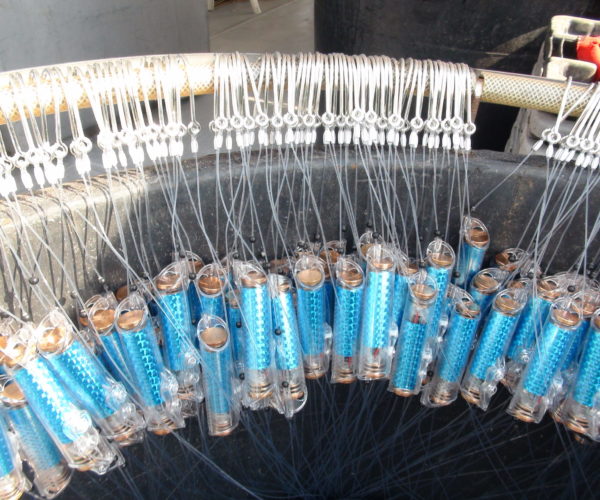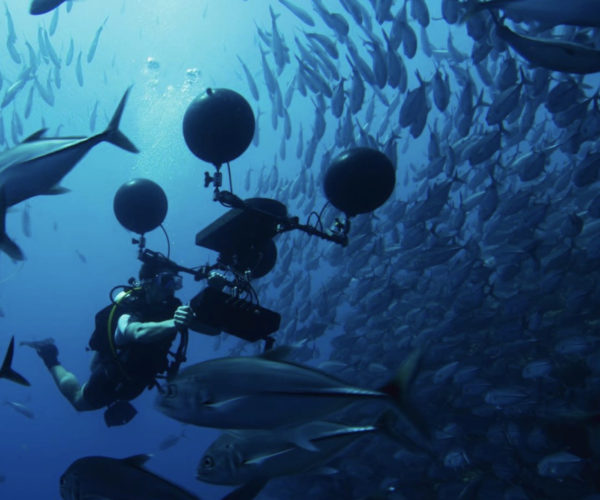Oceanic sharks & ray populations have declined >70% in the last 50 yrs. ExeterMarine lecturer Dr Phil Doherty recently published an exciting paper using a […]
Tag: fisheries
Exeter Marine Podcast: Becoming Marine Biologists – with Lauren Henly, Emma Weschke and Tim Gordon
Scientists at Sea · Becoming a Marine Biologist – with Lauren Henly, Emma Weschke and Tim Gordon This episode was recorded back in early 2019. […]
Exeter Marine Podcast: Fisheries and the SOPHIE project, with Dr. Rebecca Short
We were joined by Dr. Rebecca Short in this episode, discussing a variety of work, including her role within the SOPHIE project and her work […]
Exeter Marine Podcast – Coral Reef Bioacoustics Part I, with Prof. Steve Simpson
https://soundcloud.com/scientistsatsea/coral-reef-bioacoustics-part-i-with-prof-steve-simpson/s-GrrNyTaArcM Show notes In this episode Professor Steve Simpson talks to us about his research covering a number of topics focusing primarily on his […]
It’s Stressful Being a Coral! Declining Coral Cover on the Great Barrier Reef
Author: Jennifer McWhorter Jennifer McWhorter is pursuing her PhD in a joint program between the Universities of Exeter and Queensland. Using various climate and ecological […]


